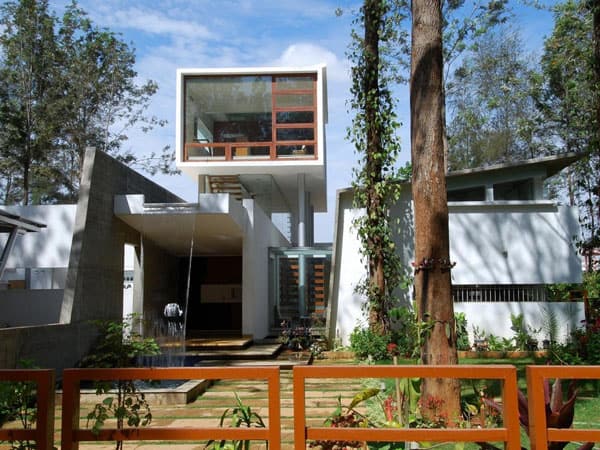
House of Pavilions has been designed by Architecture Paradigm in Bangalore, India. The residence has been designed for three generations living under one roof which is a common situation in this area. Being located in a gated community on the edge of the city offers opportunities to explore this relatively new phenomenon which promises an escape from the hostilities of the dense city while still being connected to it. These communities are sought after and are desirable places for luxury lifestyles which demand a strong connection to the outdoors.
Due to the favorable climatic conditions, the idea of a shelter in Bangalore could be as minimal as an open pavilion with just a roof over it. Open spaces in the context of traditional Indian houses have always played a crucial role usually seen as extensions of indoor spaces or as outdoor rooms which support a wide variety of functions. The courtyard serves as gathering spaces or sleeping areas during the summer, while at the same time helped in controlling light and temperatures keeping the houses cool in the hot summers.
The familial need for distinction between the public and the private spheres supported the idea of a house as a series pavilions across a flat 1000 square meter plot. The need for differing degrees of privacy is explored through two horizontal bars along the north south separated by large open space in-between. The public zone includes drawing, dining and kitchen areas whereas the private zone largely caters to bedroom spaces. The two zones are connected by a movement spine which flows to become the family pavilion in the private part of the house.
Water is introduced as a thermal regulator to cool the house naturally through evaporative cooling during the hot summers and also to accentuate the outside inside experience. The central courtyard allows for privacy to be maintained at the lower levels while allowing the upper levels to be visually connected with the outside.
Sensitive planning and orientation strategies encourage predominant dependence on natural light and ventilation while at the same time also adopts passive strategies to cool the building and heating water. Rain water harvesting strategies like ground water recharging pits helps in regulating the surface runoff. It uses local materials and people for construction. This inside outside experience captures the essence of living amidst gardens in a rapidly developing place like Bangalore which is on the verge of losing its sobriquet “the garden city”.

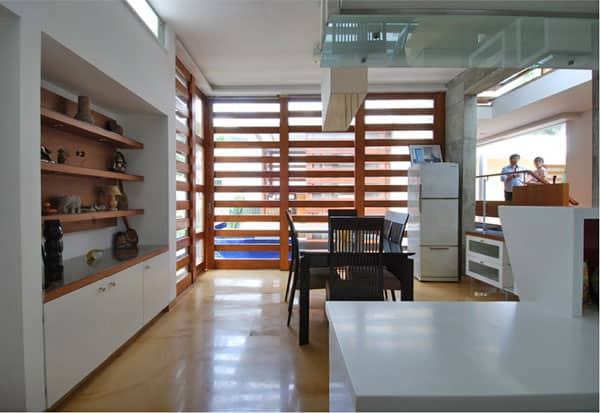


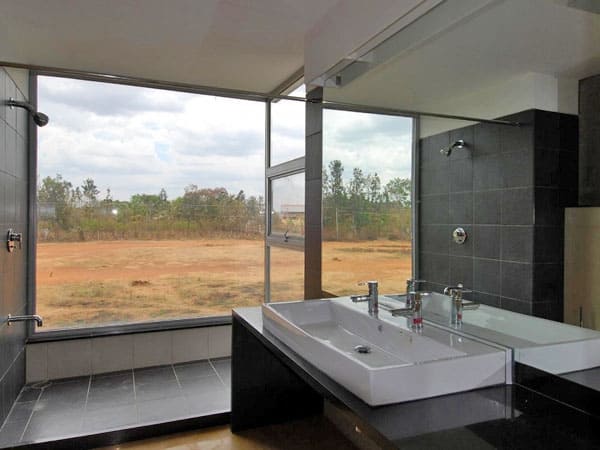
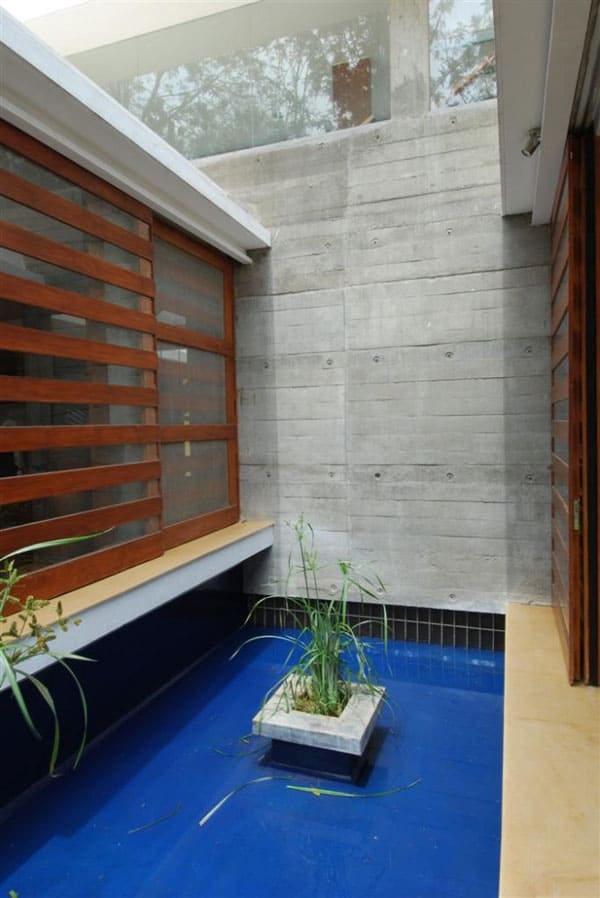
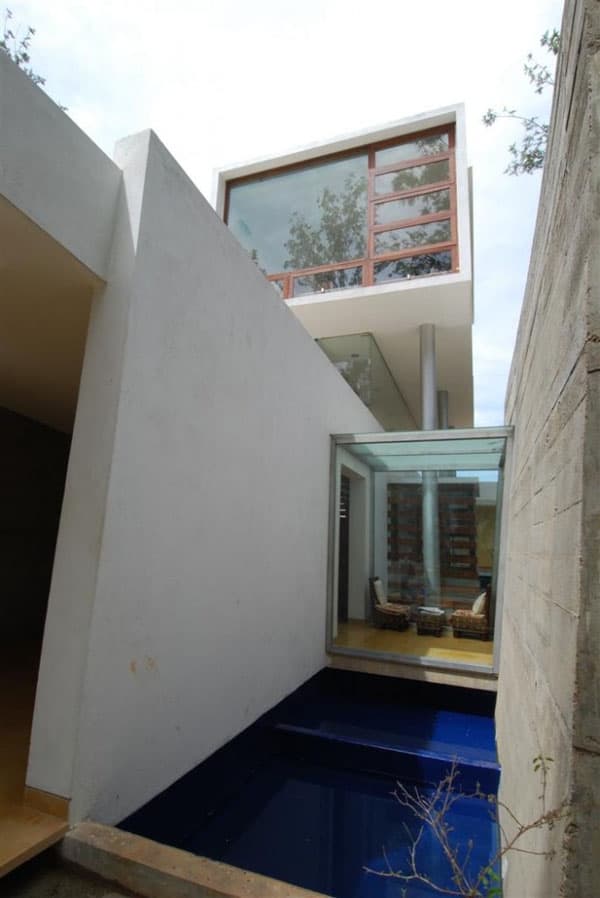

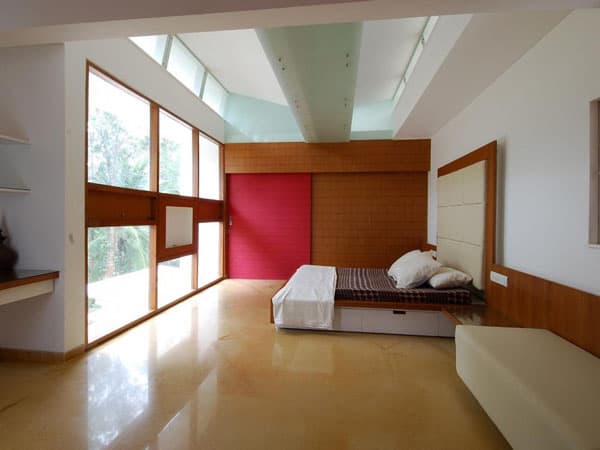
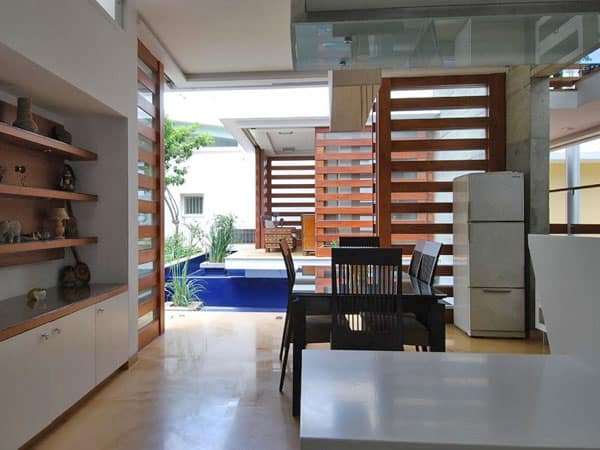
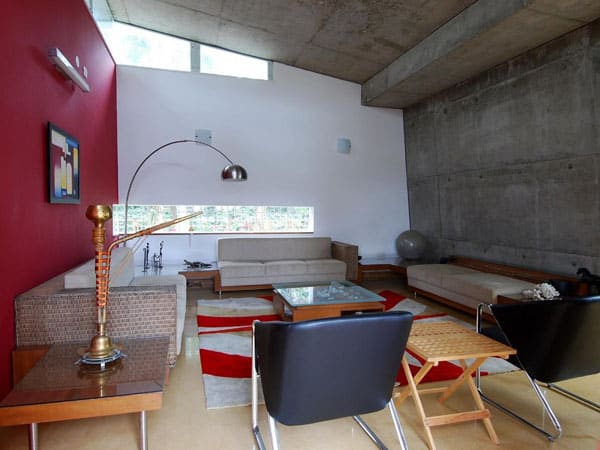
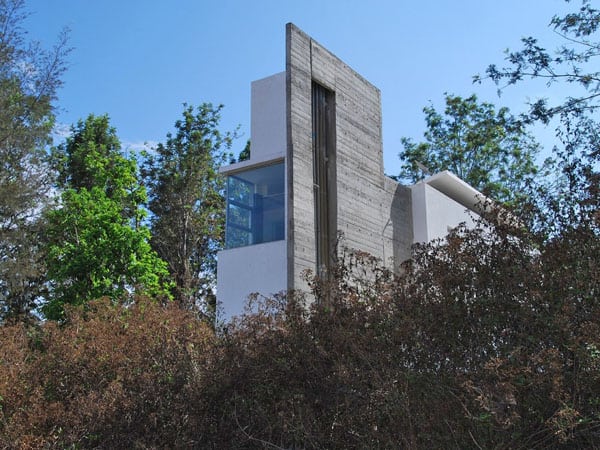
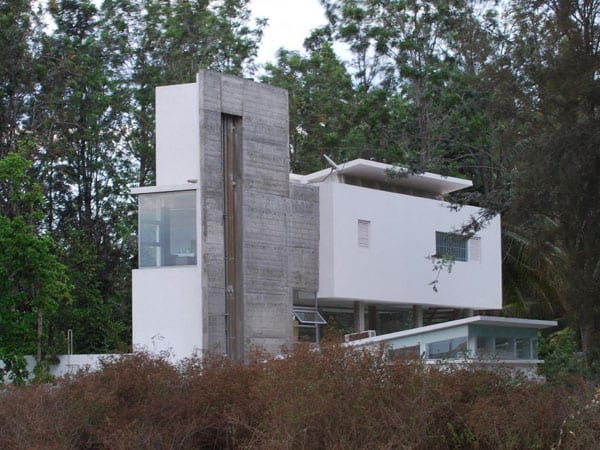
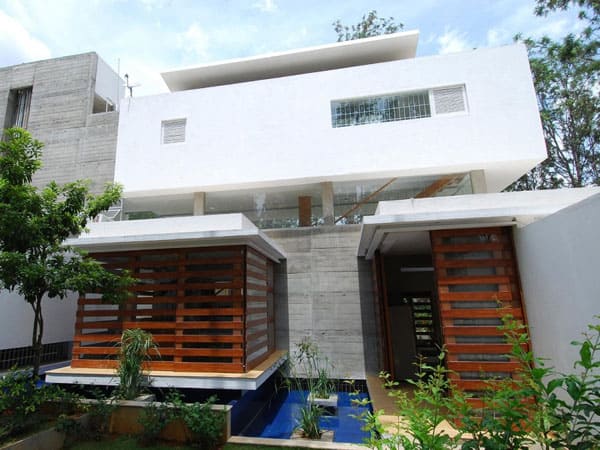
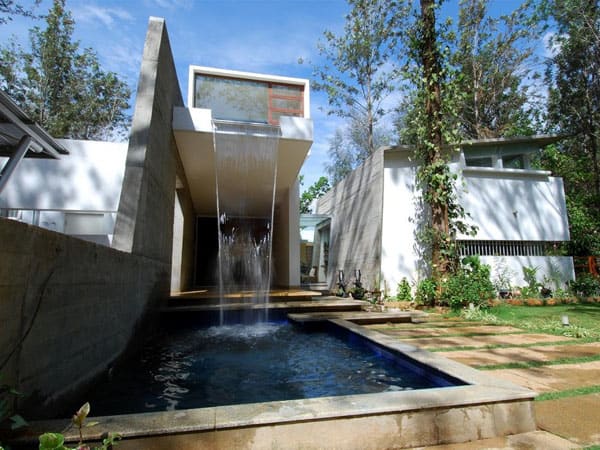

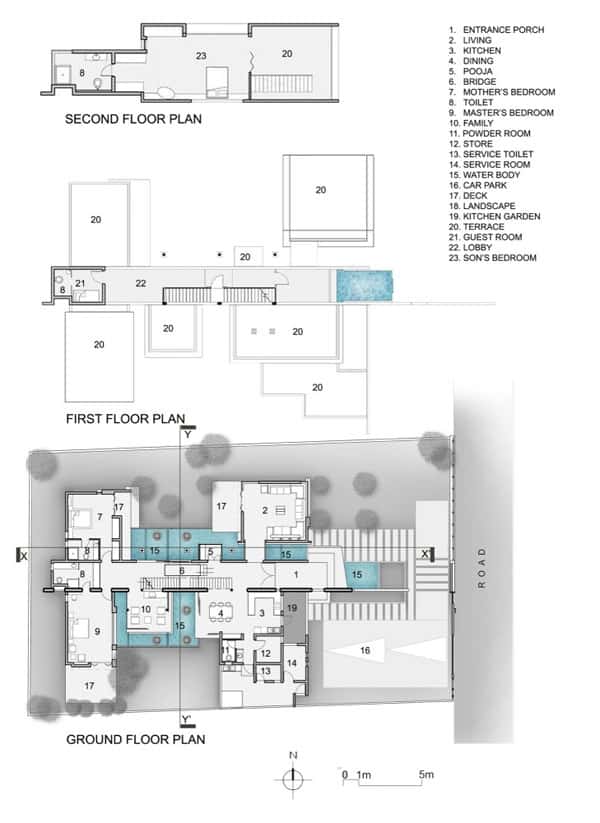
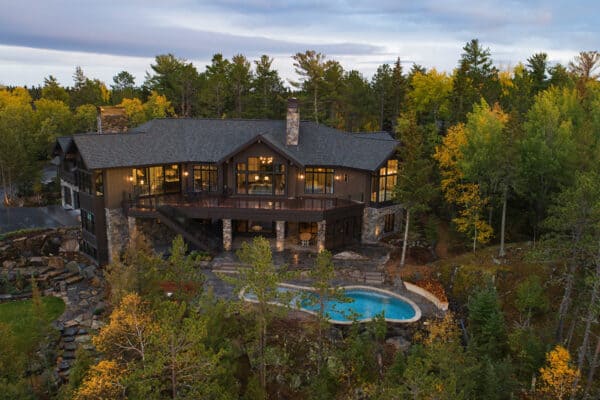

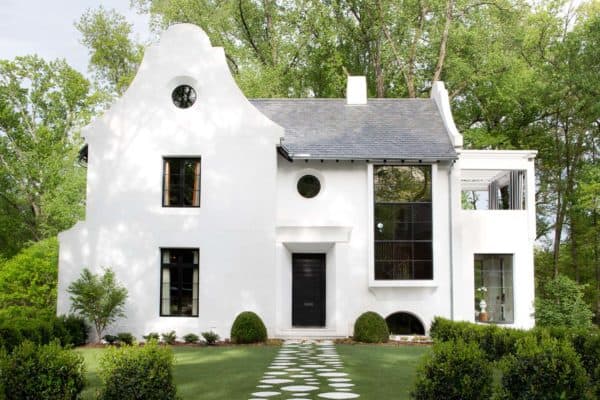
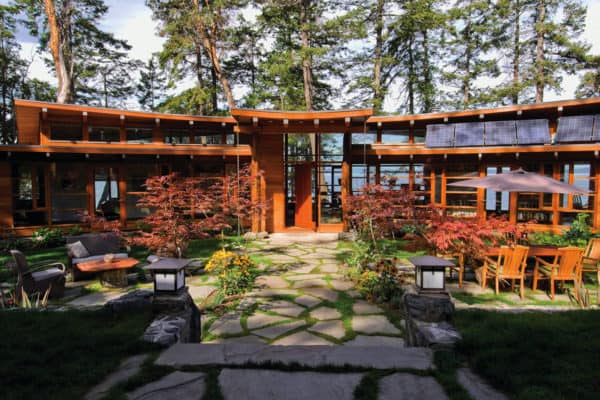
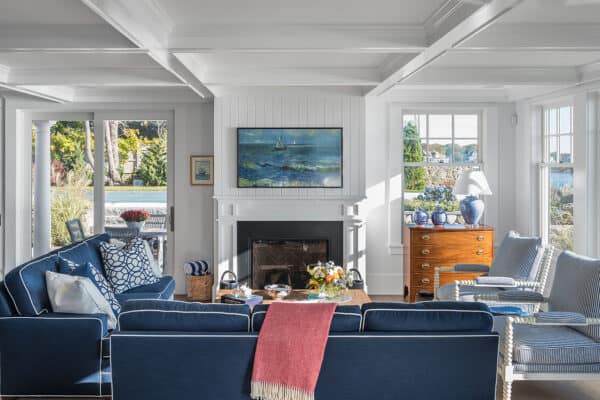

0 comments